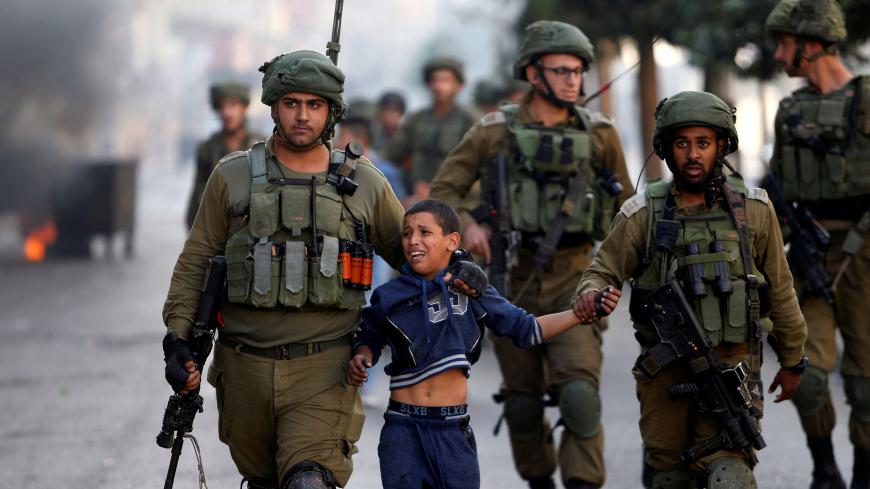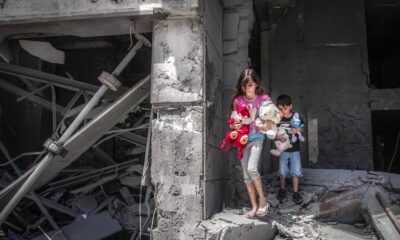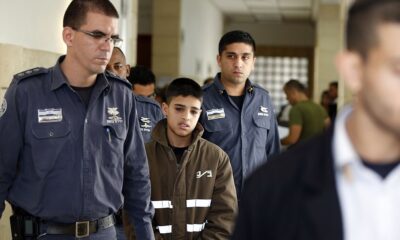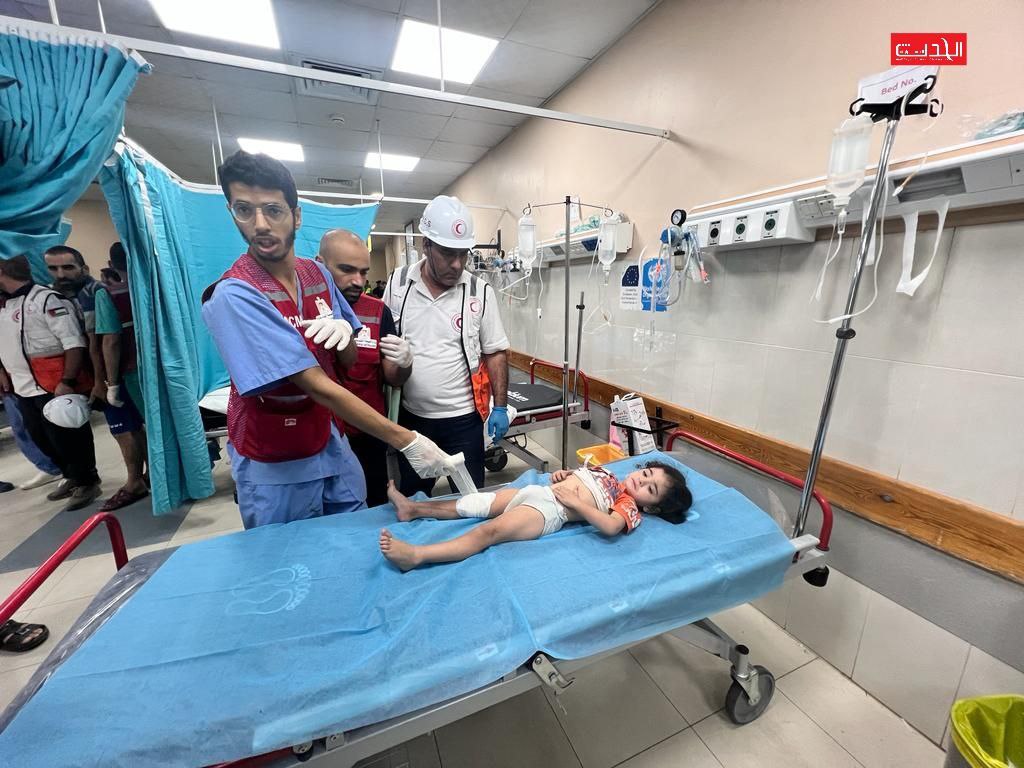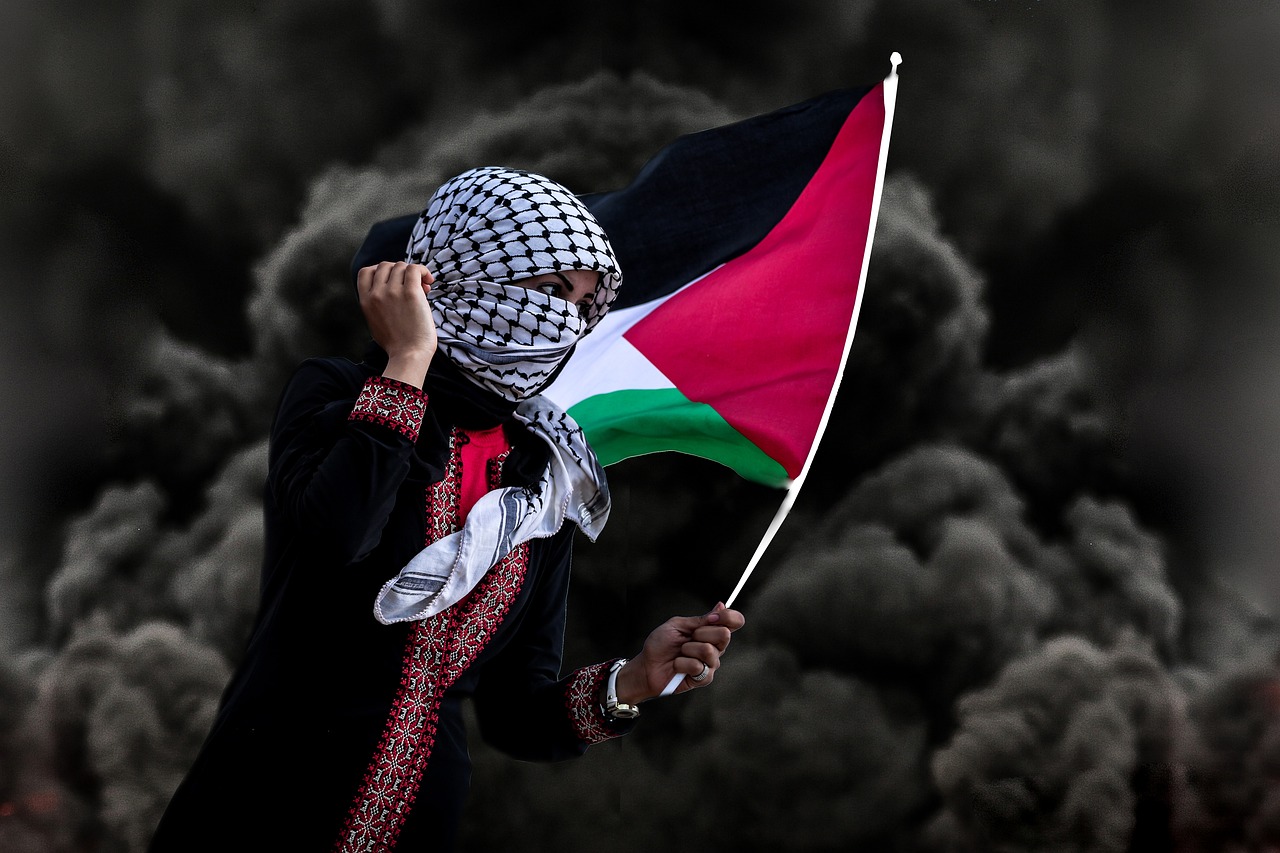“It’s a suffering I wouldn’t wish upon any woman” — Nada Abdelasalem, a Gaza war survivor.
It’s been over 11 months since Israel invaded Gaza, and the situation continues to go from bad to worse.
The war has not only impacted lives but has deeply shaken humanity, especially when women and children are specifically targeted.
UN Women estimates that 70% of the total casualties in the Gaza war are women and children, with 10,000 women among the dead, including 6,000 mothers who have left behind 19,000 orphaned children.
Unfortunately, for the women who are surviving, their existence feels no different from being trapped in a living coffin. They might wish they had been killed in the invasion instead.
Since the Onset of Israel – Gaza War…
The women in the war-affected region are helpless. They are crushed under mountains of sorrow.
First, there is the unbearable pain of losing their children. Then, for some, it’s the grief of losing a brother; for others, their parents, and for many, their husbands.
On top of all this, they have no roof over their heads, and they are forced to live in refugee camps without access to clean water, food, or basic hygiene.
The weight of these tragedies is overwhelming, leaving them with little hope and unimaginable suffering.
The lack of necessities for survival has impacted their overall well-being and dignity.
“We lived in a cozy three-bedroom apartment with a kitchen, built by my husband after years of hard work in construction. But when the war erupted, we lost everything, including my five-month pregnancy.
We are forced to live in a single tent, with toilets that aren’t even enclosed by four walls. I can’t shower regularly to maintain proper hygiene. I feel like my privacy is constantly being violated.” — Reham conflict survivor.
The situation for women in Gaza is so dire that they don’t even have extra clothes to change into. Many were forced to flee their homes wearing only the clothes on their backs.
“I wear a prayer robe for everything – to sleep in, to go out,” — Nada, a war-torn victim.
The situation is even worse, as nearly 1 million women and children now have almost no food, clean water, restrooms, and sanitary pads. It has created a poor environment, as diseases spread rapidly in these unbearable living conditions.
The Doors of Aid Are Almost Closed
What could be worse than all of this? Sadly, for the women of Gaza, their suffering goes even deeper as they endure conditions even more horrific than what has already been described.
According to the World Health Organization and UN agencies, there have been 117 attacks on Gaza’s health infrastructure since the war began.
These attacks have led to the closure of 64% of primary healthcare centers, and half of the hospitals are now non-operational.
The most heartbreaking aspect of this situation is that every day, 150 women in Gaza give birth to a child. With fuel, medicine, water, and health supplies rapidly diminishing, women are forced to give birth without anesthesia.
“The war turned our lives upside down,” Etemad Assaf says, rubbing the clothes with her hand.
“Every night, I feel like I’m going to give birth now because I’m so tired.”
“You see? Is this a suitable life for a pregnant woman? A tent, cold, open air, and the lack of the necessities of life?”
Additionally, it is estimated that 15% of these pregnant women experience birth complications, requiring basic or comprehensive obstetric care. Sadly, several women have reported dying during or before giving birth to a child.
Furthermore, according to a survey, around 50,000 women are currently pregnant, and more than 690,000 menstruating women and girls have limited access to menstrual hygiene products.
Help for diseases is a distant thought; right now, the condition of women in Gaza is so dire that they don’t even have access to basic medical facilities.
Being Women in Gaza
For women in Gaza, it feels like they are forced to endure the constant fear of death every day—whether from bombings, the lack of healthcare resources, or the unbearable grief of losing their loved ones.
Survival is becoming increasingly difficult with each passing day, especially for women who are pregnant or have recently given birth.
Many areas are grappling with severe hunger and food shortages, which makes it even more challenging for women to care for their children and newborns. Many have lost their breadwinners and are now relying solely on humanitarian aid to survive.
Finding milk for their children has become nearly impossible, and providing basic nutrition is a constant struggle.
As the situation worsens, these women are forced to make heartbreaking choices, trying to sustain their families with whatever little they can find.
The lack of food, medical care, and safety is pushing them to the brink, with no end in sight to their suffering.
Their only hope for improvement lies in the end of the war and the continuous flow of humanitarian aid and essential resources. Without peace and consistent support, their struggle for survival will only grow more desperate.
Despite the lack of sustainability and safe access, the UN has dispatched life-saving and humanitarian aid to Gaza.
Unfortunately, this aid is insufficient, and more support is urgently needed for the women of Gaza, particularly for pregnant women and newborn babies.
It is crucial to note that no fuel has entered Gaza since October 7, leaving food, electricity, and other necessities out of reach for its residents.
The only thing sustaining them is hope—the hope that the conflict will end soon and that essential supplies like medicines, healthcare resources, and food will once again become accessible.

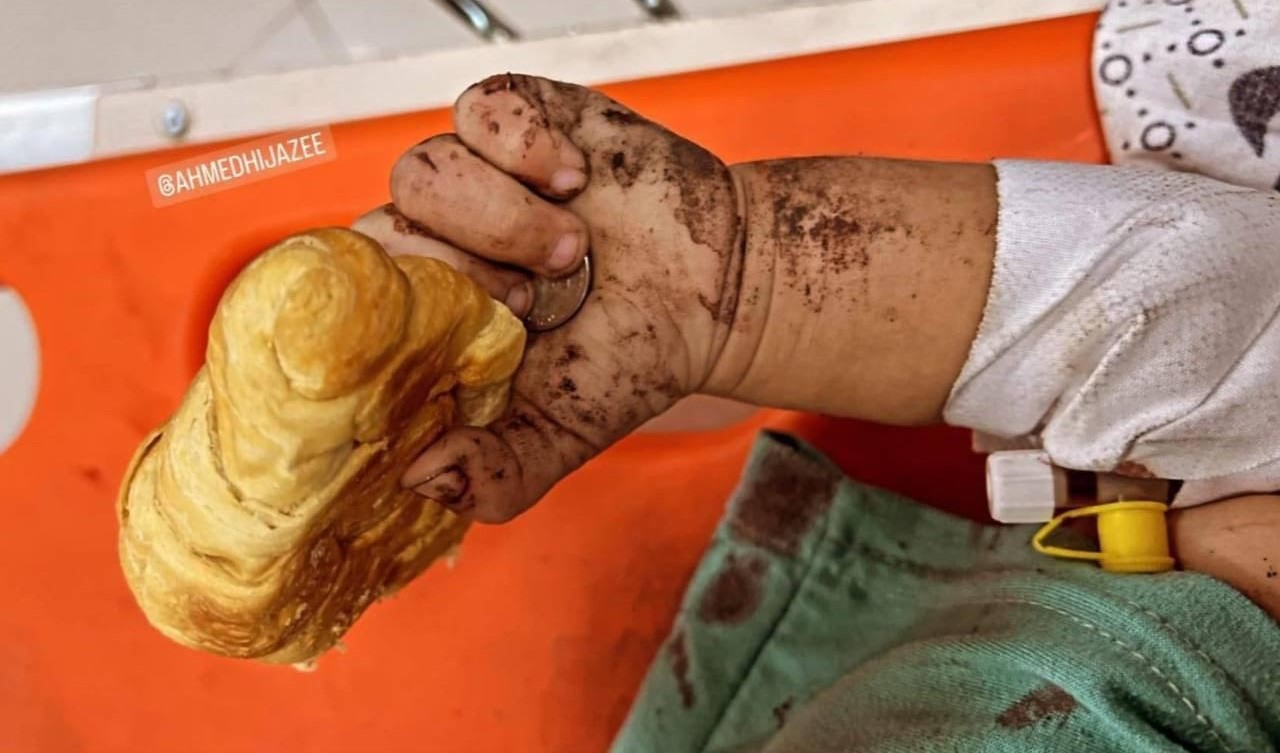

 Featured1 year ago
Featured1 year ago


 Featured2 years ago
Featured2 years ago
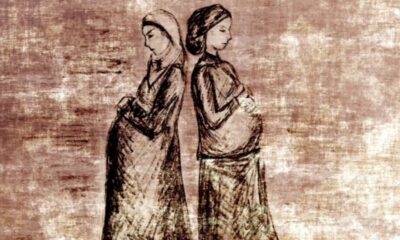

 Featured1 year ago
Featured1 year ago
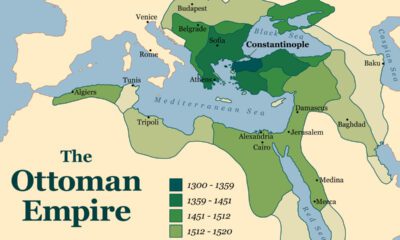

 Featured4 years ago
Featured4 years ago


 Featured2 years ago
Featured2 years ago


 Featured4 years ago
Featured4 years ago


 Featured1 year ago
Featured1 year ago


 Featured2 years ago
Featured2 years ago